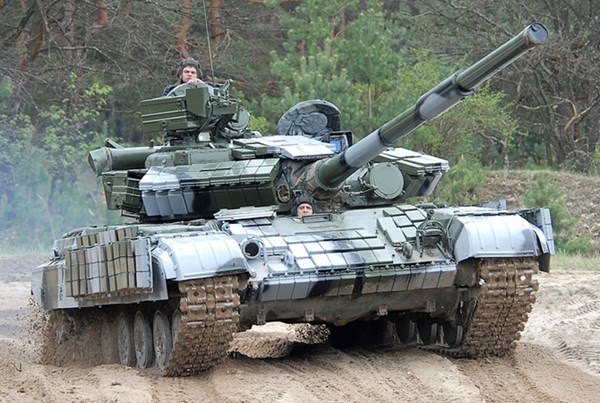Russia has almost run out of tanks amid continued war in Ukraine
As 2025 unfolds, Russian tanks have effectively vanished as a battlefield factor. This isn't hyperbole but a reflection of harsh realities: Russian military vehicles capable of engaging in combat are either obliterated or beyond repair. The data from Warspotting indicated the lowest recorded losses of Russian tanks in May 2025 since the onset of the invasion not due to conservation efforts, but simply because they are no longer available. The age of Russian tank dominance has come to an end.
Charts delineate two distinct waves of tank losses. The first wave struck the regular Russian Army's battle machines, while the second involved military gear stored from the Soviet era. A third wave is unlikely—approximately 80% of storage facilities were depleted as early as 2024. Based on satellite reconnaissance and closer monitoring by Warspotting.net, an estimated 75% of all T-62 losses in 2025 were updates on the 2022 models, pulled from storage and revamped. Key point: the production line no longer rolls out new tanks but instead focuses on refurbishing metal remnants—a pace that critically fails to match frontline attrition.
The stark transformation is unmistakable: without adequate tanks, Russia increasingly relies on unarmored vehicles like jeeps, buggies, UAZs, and at times, motorcycles—light units that inevitably lead to increased personnel casualties. Infographic data show a gradual "dilution" of the tank fleet's structure, with the share of modern models (T-90, T-80) diminishing. T-62s, once mass-deployed, are now depleted. Occasional losses include the oldest T-55 models, affirming that any operable equipment is thrust into combat.
Analyses of T-72 series demonstrate that the most current models (T-72B3 variations from 2016, 2022, and 2025) no longer dominate the scene. Older iterations and experimental upgrades linger. As armored vehicle shortages mount, the Russian army suffers heavy infantry losses. Vehicles once serving as shields have vanished, regressing the army to infantry assaults devoid of support, akin to World War II tactics, but lacking numerical superiority.
Russia’s resources for a protracted armored warfare are depleted. The reserves of the self-titled "second army in the world" have proven finite, unsuitable for extended combat. Now, with even refurbished vehicles exhausted, the Russian army resorts to a "war on wheels" strategy, where armor scarcity renders any offensive a dangerous gamble on aged UAZ trucks.
